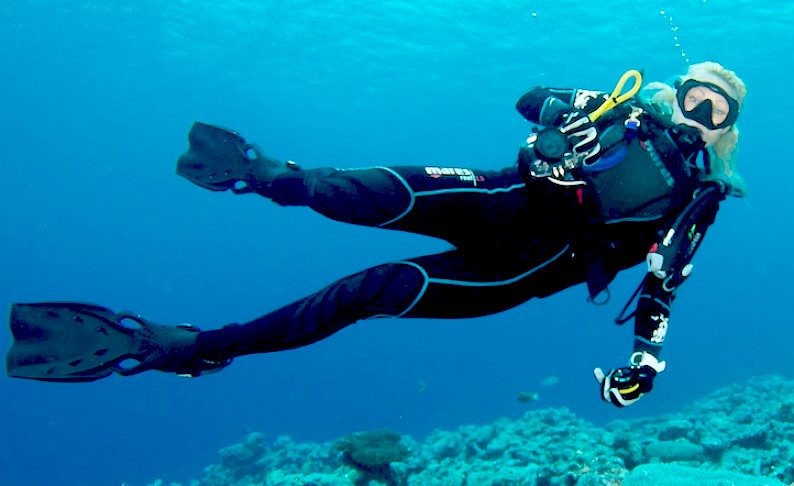|
FORT
BOVISAND
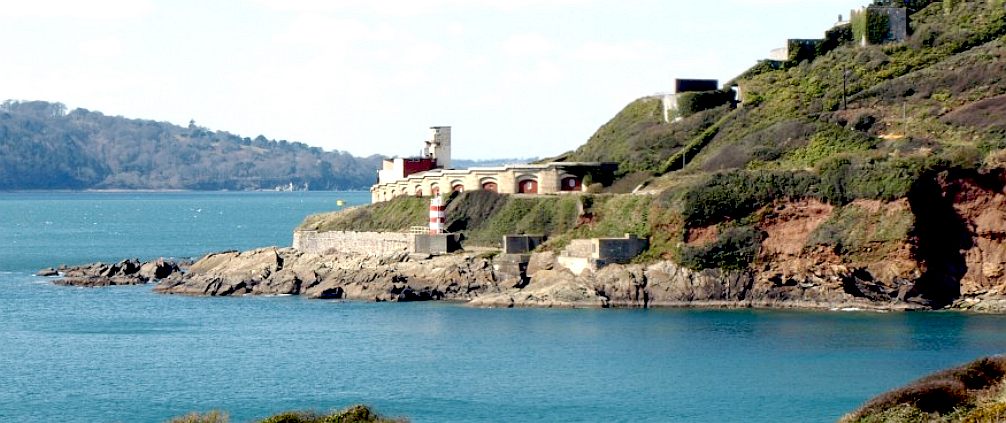
Fort Bovisand is a fort in Devon, England near the beach of Bovisand. It was built on the mainland to defend the entrance of Plymouth Sound, at the narrows opposite the east end of Plymouth Breakwater. The fort is beside Bovisand harbour.
The site reflects the history of over 400 years of British coastal defence.
The construction and survival of Bovisand Pier provides an insight into the organisation and logistics of the Royal Navy after of the Napoleonic wars.
CHRONOLOGY
In the late 16th Century a gun battery may have been established at the site to protect the approach to Plymouth through the Sound.
1816: A stone jetty and slip were built for boats from sailing warships anchored in Plymouth Sound to collect fresh water from the nearby reservoir.
The military engineer, Major Whitworth Porter (1827-1892), who was responsible for the design of many of the fortifications which were instigated by the Royal Commission report of 1859, was personally involved in the design of the Bovisand Fort. He became Instructor in Fortification at Sandhurst (until 1868), and wrote several books including Life in the Trenches Before Sebastopol (1856), History of the Knights of Malta (1858) and History of the Corps of Royal Engineers (1889).
1845: The first fort at the site, named Staddon Height Battery, was started, and still exists in the upper part of the present fort. As part of the recommendations of the Royal Commission on the Defence of the United Kingdom, work started on the main part of the fort consisting of 23 granite casemates, originally housing 22 9-inch Rifled Muzzle Loaders (RMLs), one 10-inch RML gun and 180 men.
1880: By then the armament included 14 10-inch and nine 9-inch RML guns. Underground there are large deep tunnels to store artillery ammunition safe from enemy gunfire.
1898: Six 12-pounder quick-firing guns were installed.
Early 1900s: The original guns were removed.
1939-1945: World War II :-
1942: The remaining four 12-pounders were replaced by two twin 6-pounders, to combat E-boats.
1943: A Bofors 40mm anti-aircraft gun was installed.
1956: The Ministry of Defence abandoned the fort.
1970: A lease was granted.
Early 1970s: The fort was converted into a national commercial diving school and scuba diving centre.
About the mid-1970s to at least the early 1990s: The fort at the top of the headland (above the coastal path) was used as a schools outdoor activity centre. The upper fort's magazine and various other buildings were converted to be used as basic bunk houses, kitchen and dining area. The cottage was used as a toilet and shower block and a lounge and staff accommodation.
2000: By then the main leaseholder Fort Bovisand Underwater Centre had liquidated, but other
diving services continued trading. Months of argument continued about the status of the leases and viability of existing businesses based there.
December 2000: Marine Contractors Ltd (one of the main businesses based there, and one of the parties negotiating to take over the running of Fort Bovisand) went into receivership. As a result, the owners (the Ministry of Defence) decided it was no longer possible to keep the site functioning, and the remaining diving and other firms trading there ceased operations.
2003: Discovery Divers was set up.
Mid-2005: After these businesses failed, the site was bought at auction by PowderCreek Ltd (now known as Fort Bovisand Developments Ltd), and company wholly owned by Greg Dyke, ex-Director General of the BBC, with the aim of saving the site and bringing it back to life.
Mid 2008: Fort Bovisand was home to Discovery Divers.
2011: After examining a number of options, the Fort Bovisand Trust was formed (a registered charitable body) to take forward proposals for a heritage attraction and a bid to the Heritage Lottery Fund. Proposal were for a mixed scheme of the heritage centre, diving business, and some residential units.
2013: The Fort Bovisand Trust gained award of a development grant from the Heritage Lottery Fund to progress plans for a heritage visitor attraction and learning centre.
2015:
Planning applications are planned.
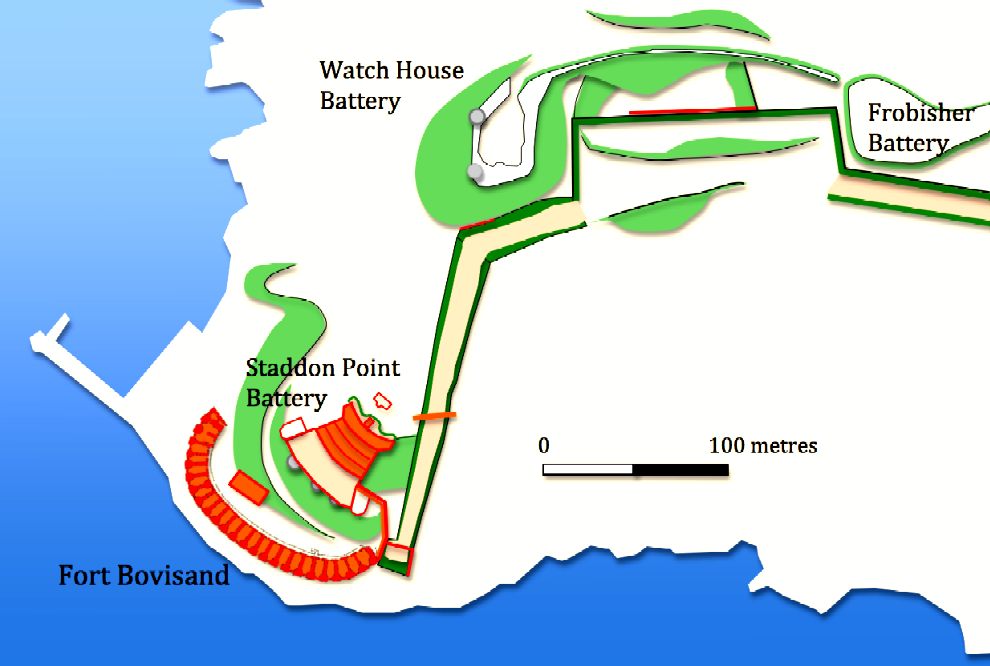
PALMERSTON
FORTS
The Palmerston Forts are a group of forts and associated structures, around the coast of Britain.
The forts were built during the Victorian period on the recommendations of the 1860 Royal Commission on the Defence of the United Kingdom, following concerns about the strength of the French Navy, and strenuous debate in Parliament about whether the cost could be justified. The name comes from their association with Lord Palmerston, who was Prime Minister at the time and promoted the idea.
The works were also known as Palmerston's Follies, partly because the first ones, around Portsmouth, had their main armament facing inland to protect Portsmouth from a land-based attack, which gave the impression that they faced the wrong way to defend from a French attack. Also because they were considered of questionable military value and one dictionary definition of "folly" is "a costly ornamental building with no practical value". They were criticized because by the time they were completed, any threat had passed, largely due to the Franco-Prussian war of 1870, and because the technology of the guns had become out-of-date. They were the most costly and extensive system of fixed defences undertaken in Britain in peacetime.
Some sixty years previously, there had been a similar period of defence works construction, when a couple of hundred circular towers were built for the same purpose (mainly along the Sussex, Kent and Suffolk coast to protect London) called Martello Towers, but these had now become outdated.
THE PROPOSAL
The project will bring a renovated and regenerated Fort Bovisand back to life so that it can become an important feature of the South Hams and Plymouth area.
There will be a state of the art visitor interpretation centre
where visitors and schoolchildren will learn about the history of the site, the part it played in the defence of Plymouth and the
Sound and the Western Approaches during the wars. They will also be able to find out about the part Bovisand has played in the history of diving.
The Trust is to partner with a number of major education establishments in the area and is planning to deliver a range of imaginative learning facilities.
There are no details about this save that the Marine Academy Plymouth
and City College Plymouth are mentioned.
The link with the South West Coastal Path will be reinstated and we hope to include access by ferry during the summer to increase the different ways of for visitors to reach us.
One of the key issues is to overcome the difficulty in
accessing this remote spot.
On of the most controversial ideas is to convert some of the
units to light commercial activity and residential units. The
residential aspect is the most worrying. Why not then just
convert the whole site to residential and forget about
tourism.
The project was awarded a Round 1 grant by the Heritage Lottery Fund (HLF) in Apr 2013.
The Trust say that they are now involved in a detailed development stage leading to our Round 2 HLF submission and full planning application early in 2015.
No details are provided about this and no plans are visible on
their website at the time of publication. They have engaged key specialists - the architect, surveyors and designers - who
it is claimed will bring the interpretation element of the heritage area and the public spaces to life.
THE
TRUSTEES
Phillip Jones Chairman. Solicitor and Public Notary
Philip Beagle Chief Executive
Tim Jones Recent Chair of HoSW-LEP and construction
Nicola Moyle Head of Arts & Heritage for Plymouth City Council
Julie Fellows specialist in external education delivery, recently Director at Marine Academy Plymouth
Martin Northcott Manager, External Eduction Plymouth City Council
Nick Holmes Chartered Accountant
John Gibbons Associate with IBM, and life-long diver
FUNDING
Donations and grants from charitable trusts will be the cornerstone of our fundraising programme.
Giving shares is one of the most tax-effective ways of donating to Fort Bovisand.
The donor can claim income tax relief, no matter what the total market value of the shares. Additionally, no capital gains tax will apply to any increase in the value of the shares donated to us. In order to qualify for the relief, the shares must be listed or dealt on a recognised stock exchange.
The gift of shares will be free from capital gains tax, which means that for Fort Bovisand Trust the gift is worth more than if you had sold shares yourself. The extent of the difference depends on how much capital gains tax you would have paid so we advise consultation with a tax adviser/accountant to determine your own situation.
Shares can be transferred to Fort Bovisand Trust upon completion of a transfer document completed by you and returned to us with the share certificate.
Fort Bovisand is registered with the Charity Commission for England and Wales. Registered charity number: 1102613
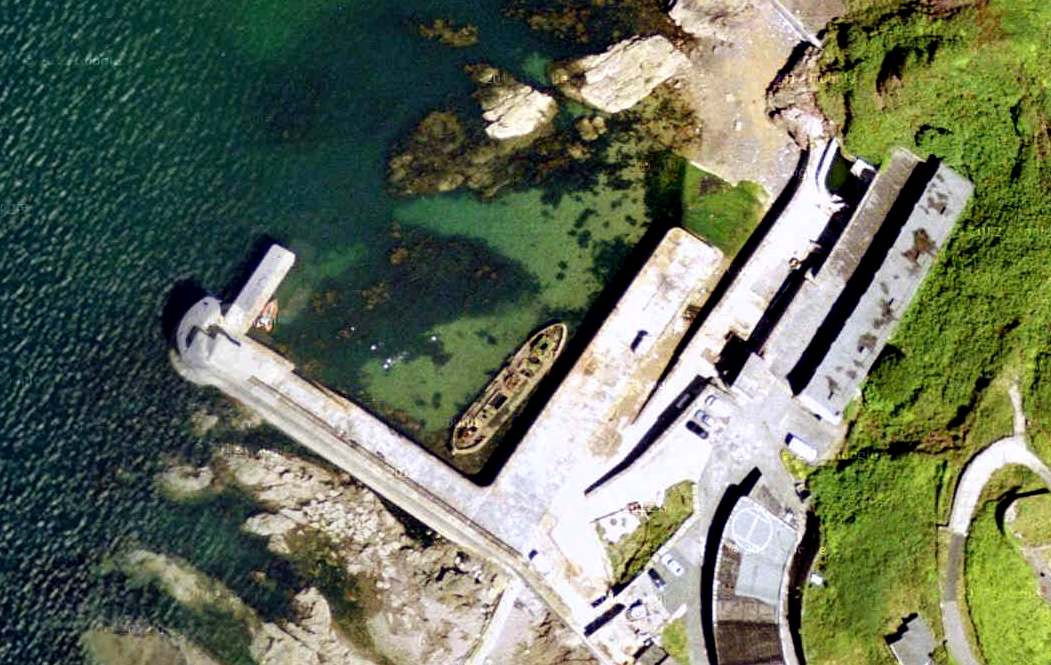
HARBOUR
& PIER - Many a diver will have fond memories of this
fort from yesteryear. The cold mornings in the casements, the
greasy fried breakfasts. Oh yes, those were the days. Today,
competing with other diving schools is virtually impossible,
with the high maintenance costs of this vast installation.
FORT
BOVISAND TRUST CONTACTS
Project
address:
Plymouth
Devon
PL9 0AD
Tel:
N/A
Email:
info@fortbovisandtrust.org
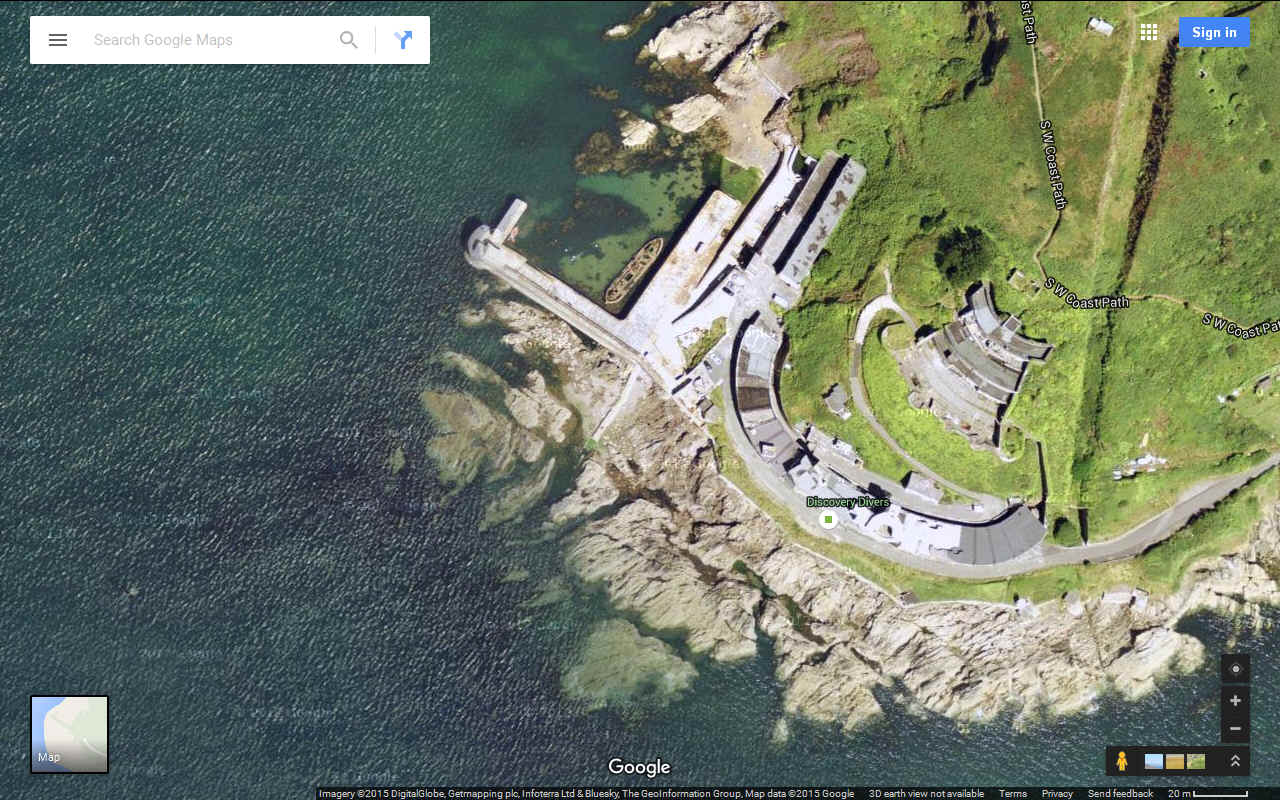
GOOGLE
MAPS - The above is a satellite view from one of the most
famous search engine companies. The snapshot was taken in
September 2015.
LINKS
Wikipedia
Fort_Bovisand
Heritage
Lottery Fund
Historic
England
Eastbourne
Borough Council
Big
Lottery Fund Coastal Communities Fund
Twitter
BovisandFort
Facebook
Fort-Bovisand-Trust
https://www.facebook.com/Fort-Bovisand-Trust-558009521012413/timeline/?ref=hl
https://twitter.com/BovisandFort
info@fortbovisandtrust.org
https://en.wikipedia.org/wiki/Fort_Bovisand
https://www.biglotteryfund.org.uk/ccf
http://www.eastbourne.gov.uk/
http://www.hlf.org.uk/
http://www.historicengland.org.uk/
southeast@HistoricEngland.org.uk
|




